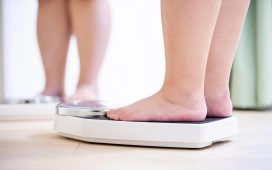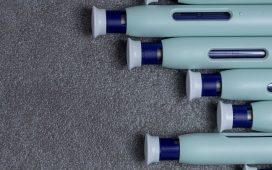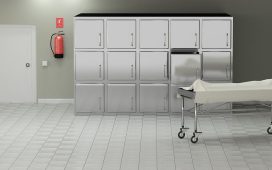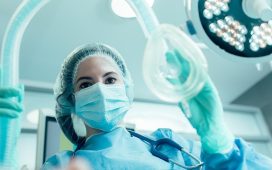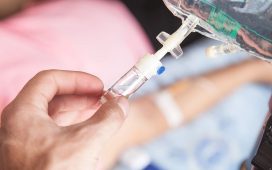The 124th American Academy of Otolaryngology-Head and Neck Surgery Foundation Annual Meeting and OTO Experience
The annual meeting of the American Academy of Otolaryngology-Head and Neck Surgery is being held virtually this year from Sep. 13 to Oct. 25 and has attracted participants from around the world, including otolaryngologists, medical experts, allied health professionals, and administrators. The conference is highlighting the latest advances in the diagnosis and treatment of disorders of the ears, nose, throat, and related structures of the head and neck.
In a cross-sectional survey of 12 academic otolaryngology programs, David Larson, M.D., of the Mayo Clinic in Rochester, Minnesota, and colleagues found that burnout and distress remain present among otolaryngology trainees and attending physicians.
The researchers evaluated well-being and burnout among 612 residents, fellows, and faculty using the Expanded Physician Well-being Index for distress, Maslach Burnout Inventory for professional burnout, Patient Health Questionnaire-2 screen for major depressive disorder, and Generalized Anxiety Disorder-2 screen for generalized anxiety disorder. The investigators found that the well-being of the residents, fellows, and faculty was negatively impacted by longer working hours and more nights on call, which contributed to greater levels of burnout. In addition, female gender was a risk factor for increased work-related distress among trainees.
“It is important to identify drivers of physician burnout so that we can develop targeted interventions that actually make a difference in the lives of physicians. And then find practical ways to implement them,” Larson said. “This is a complex and difficult problem, but we owe it to our colleagues, and to ourselves, to improve our work lives, and so improve the delivery of sustainable health care to our patients.”
In a randomized controlled trial, Ariana Ghom Greenwell, M.D., of the Boston Children’s Hospital, and colleagues found that dexamethasone, administered as a single dose, was safe and effective for postoperative pain control in children undergoing adenotonsillectomy.
The researchers randomly assigned 149 children to receive either single-dose dexamethasone (0.6 mg/kg; maximum of 8 mg) administered on postoperative day 3 or standard alternating ibuprofen/acetaminophen. The investigators found that children who received dexamethasone had a greater decrease in the reported pain score on days 3, 4, and 5. In addition, there were fewer caregiver phone calls and emergency department visits for children treated with dexamethasone, despite not being statistically significant.
“At the University of Maryland, where this study was performed, all children undergoing adenotonsillectomy now receive a single postoperative dose of dexamethasone (0.6 mg/kg; up to 8 mg) on discharge, to be taken on postoperative day three,” Greenwell said. “Beyond the study data reported in the presentation, we have observed clinically that children do much better with this regimen. We rarely find a need to administer narcotics in children following adenotonsillectomy. Additionally, we have not noticed any change in our postoperative tonsillectomy bleeding rate or any other adverse effects.”
Conner Massey, M.D., of the University of Colorado Anschutz Medical Campus in Aurora, and colleagues found that a deep learning-based algorithm used in a novel automated computed tomography (CT) approach was effective in analyzing sinus images to establish the diagnosis of chronic rhinosinusitis.
The researchers developed and validated a completely automated technology that can quickly and precisely quantify radiological disease burden in sinus CT for patients with chronic rhinosinusitis. The investigators found that the method correlated strongly with the most commonly used human-based scoring system, even when applied in a heterogeneous chronic rhinosinusitis cohort with scans obtained on different machines with varied acquisition protocol.
“Given the highly precise and quantitative nature of the data the algorithm is designed to produce, we foresee this technology being widely implemented,” Massey said. “We expect that the readouts produced by the algorithm will become an integral part of radiology reporting for sinus CT and will enhance the utility of this scan in a number of ways, from gauging response to treatment in clinical trials to providing more nuanced counseling to our patients.”
Copyright © 2020 HealthDay. All rights reserved.


